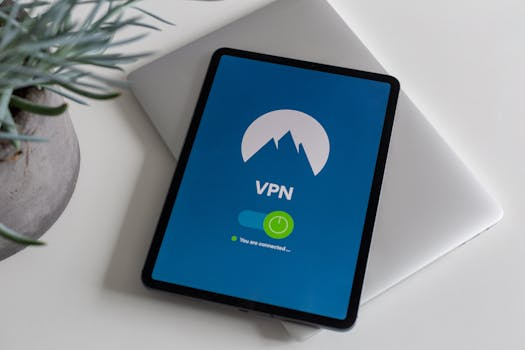Cybersecurity Risks in IoT Devices: Mitigation Strategies for Homeowners
The rise of smart homes and the Internet of Things (IoT) devices has greatly enhanced our lives, providing convenience, efficiency, and connectivity. However, with every new technology, there come risks, and the IoT is no exception. As more and more IoT devices find their way into our homes, the risk of cyber attacks also increases. These devices, ranging from smart speakers to home security systems, are connected to the internet and vulnerable to hackers. Homeowners are often unaware of the cybersecurity risks associated with these devices and the potential consequences. In this article, we will discuss the cybersecurity risks posed by IoT devices and provide mitigation strategies for homeowners to protect their homes and personal information.
Cybersecurity Risks in IoT Devices
1. Inadequate Security Measures
Most IoT devices are designed for convenience and cost-effectiveness, rather than security. As a result, many of these devices lack basic security features such as encryption and strong password protection. This makes them an easy target for hackers to gain access to sensitive information.
Moreover, manufacturers often do not provide regular updates or patches to fix vulnerabilities, leaving the devices open to cyber attacks. As a homeowner, it is important to research the security measures of the IoT devices you plan to purchase and opt for devices with robust security features.
2. Weak or Default Passwords
IoT devices often come with default passwords that are easily guessable or available online. This makes it easier for hackers to gain access to the device and control it remotely. Some homeowners also tend to use weak passwords or reuse the same password for multiple devices, making it easy for hackers to access their entire home network.
To mitigate this risk, it is crucial to change the default password of any IoT device and use unique, strong passwords. It is also recommended to use a password manager to generate and store strong passwords for each device.
3. Lack of Encryption
Encryption is the process of converting data into a code to prevent unauthorized access. However, many IoT devices do not have strong encryption protocols, leaving the data vulnerable to interception by hackers. This is particularly concerning for devices that collect sensitive information, such as smart home security cameras.
To protect your personal information, it is important to ensure that your IoT devices have strong encryption protocols in place. This will help keep your data safe from prying eyes.
4. Vulnerabilities in Third-Party Apps
IoT devices often rely on third-party apps for connectivity and functionality. However, these apps may have security vulnerabilities that can be exploited by hackers to gain access to the device. Hackers can also use these apps to access personal information stored on the device or control it remotely.
To mitigate this risk, it is important to research the security measures of the third-party apps before downloading them. It is also recommended to limit the number of apps used for controlling IoT devices and regularly review and update them for any security patches.
Mitigation Strategies for Homeowners
1. Keep Your Devices Updated
Regularly updating your devices with the latest software and security patches can help mitigate the risk of cyber attacks. This is particularly important for older devices that may not have strong security measures in place. Many manufacturers release updates and patches to fix known vulnerabilities, so be sure to keep an eye out for these and install them promptly.
2. Use a Separate Network for IoT Devices
One effective way to protect your home network from cyber attacks on IoT devices is to create a separate network for these devices. This means that even if one of your IoT devices is compromised, the rest of your home network will remain secure. You can do this by setting up a guest network or using a router with a built-in feature that allows you to create multiple networks.
3. Educate Yourself on Cybersecurity
As a homeowner, it is important to stay informed about the latest cybersecurity threats and best practices. This will help you make informed decisions when purchasing and using IoT devices and protect your home and personal information from potential attacks.
4. Research Before You Buy
Before purchasing an IoT device, research its security measures and make sure it aligns with your own standards. Look for devices that have strong encryption protocols, regular updates, and strong password protection. You can also check for any known vulnerabilities or security incidents related to the device before making a purchase.
5. Use a Firewall
A firewall is a networking security device that monitors incoming and outgoing internet traffic and blocks malicious activity. It acts as a barrier between your home network and the internet, preventing unauthorized access to your devices. Make sure to enable the firewall on your router and consider using a software firewall for added protection.
6. Monitor Your Devices
Regularly monitor your IoT devices for any suspicious activity, such as unusual data usage or unauthorized access. If you notice any suspicious activity, disconnect the device from the internet and contact the manufacturer for assistance.
In conclusion, while IoT devices have greatly enhanced our lives, it is important to be aware of the cybersecurity risks they pose and take necessary precautions to protect our homes and personal information. By following the mitigation strategies discussed in this article, homeowners can ensure the security of their IoT devices and enjoy the benefits they offer without the fear of cyber attacks.









